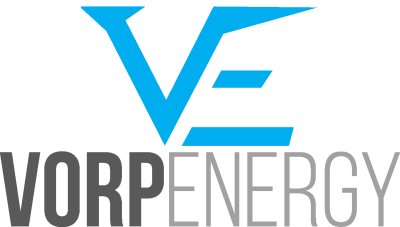Solar…CHP…Or Both for Generating Electricity
Which to use?
Any Facility that wants a predictable, 25-35 year fixed cost on electricity, has a large roof with few obstructions, and is located in a mostly sunny part of the country should consider SOLAR. If your roof has too many obstructions (air conditioners, skylights, pipes) for enough solar to offset your electricity or if your facility uses a lot of electricity and hot water or large amounts of cooling (hotel, dairy, food processing/distribution) you should consider adding CHP to that solar as well.
Does my location matter?
Yes location matters because of weather, incentives, and the cost of electricity. Lets look at Southern California with plenty of sun and high costs of electricity. In SDG&E utility territory we see commercial rates average $0.19-0.23. Our Energy Analysis has been pretty consistent with a 4.5 year payback on both Solar and CHP solutions.
If you live in a part of the country (Western Oregon) where your average cost of electricity is under $0.11 per kWh and several months of the year it maybe cloudy, your payback on solar will be around 10-13 years. However CHP does not care about cloud cover and Oregon has a 35% State tax credit on CHP. Because of such high incentives CHP has a pay back in Oregon of under 3 years. So as long as you have a need for large amounts of hot water, heating or cooling, CHP could produce you 100% of your electricity for free. What is CHP?
What is involved?
During your FREE Energy Analysis we work with you to identify which solution will give you the best Return on Investment. We use your electric and gas bills to determine which solution or if a combination of both will best offset your electricity bill. Each system is designed to offset a maximum of electricity usage on an annualized basis.
Solar – Using satellite imagery & (LIDAR) we determine approximately how much roof space will allow for solar and then using our advanced analytical software we produce the financial numbers to show you what savings to expect from solar. If you decide to go solar we will inspect your roof to ensure it does not need repaired or replaced before we proceed farther.
CHP – If you have a need for thermal (hot water) or cooling and CHP is a good option based on your gas and electric bills we will ask you a few questions about your thermal or cooling requirements, put together a “level 1”, and produce the financial numbers to show you what savings to expect from a CHP system.
What Incentives and Financing
options are available?
Congress recently enacted the new 2016 budget that renews the Federal Income Tax Credit (ITC) at 30% of solar installation costs and 10% of CHP installation costs, allows for a 50% bonus depreciation allowance, a 5-year MACRS depreciation schedule, and increase the Section 179 equipment expense allowance up to $500,000. These incentives combined with various state or utility incentives allow buyers to recoup a majority of their investment in the first 12-18 months of ownership.
With facility projects most clients choose to pursue the investment as a CapEx project. These installations require the capture of all available tax benefits such as the 30% Income Tax Credit and 5-year MACRS depreciation, and will typically have paybacks between 2 – 5 years, and an IRR >20%. Also most credit-worthy customers and non-profits that are unable to fully utilize the available tax benefits will usually qualify for a lease or PPA.
